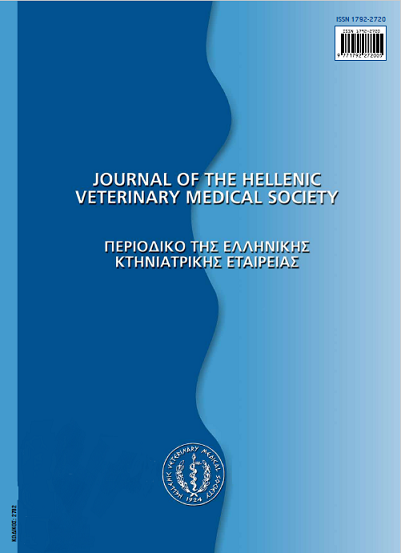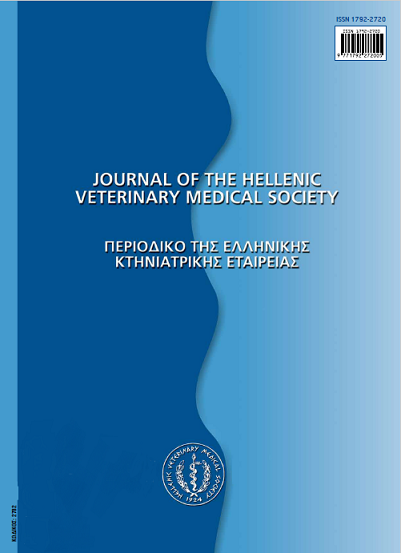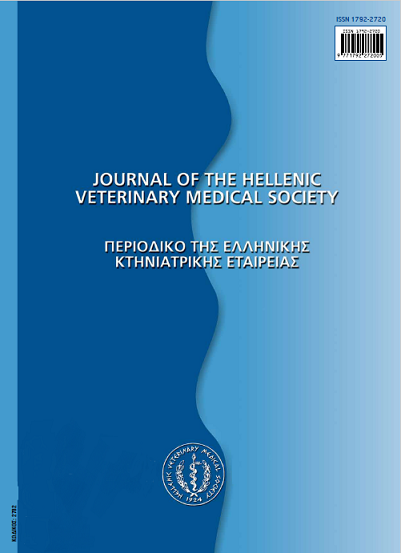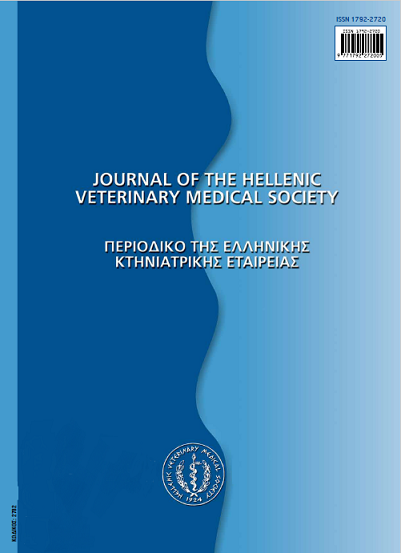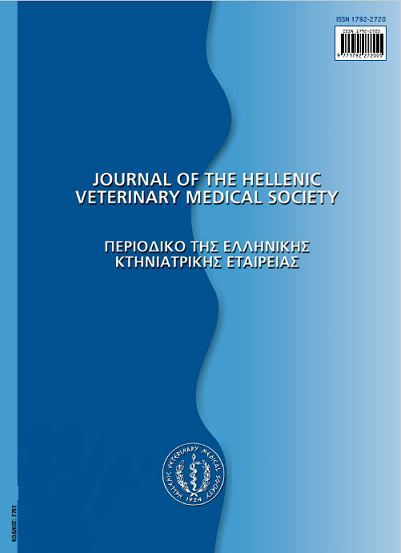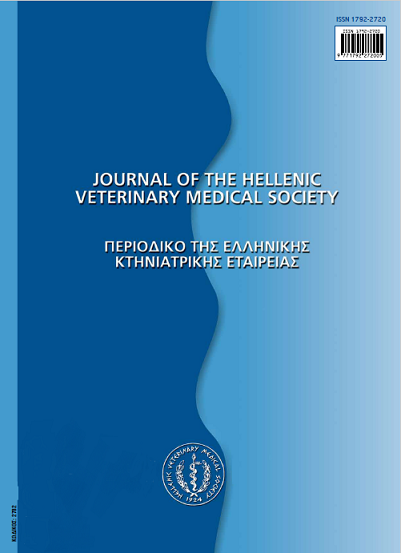Stress response to trauma
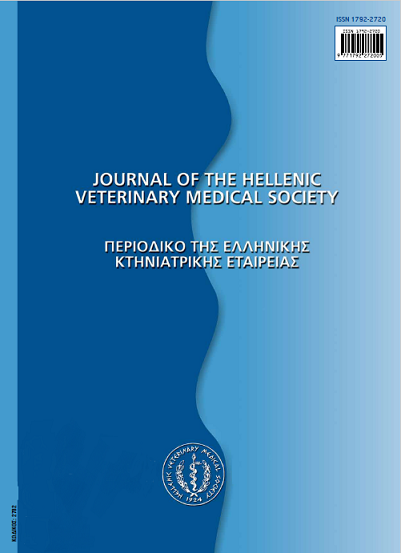
Abstract
Trauma generates a series of alterations in the body, which are termed ‘stress response’. Injury triggers a reaction proportional to the intensity and duration of the stimuli imposed. Stress response reaction is mainly attributed to the sympathoadrenal axis and the hypothalamic-pituitary-adrenal axis. Activation of these two axes elicits secretion of several hormones, such catecholamines and cortisol from the adrenal glands or various other hormones from the hypothalamus and the pituitary gland. That affects body metabolism and the cardiovascular system, in order to ensure adequate energy reserves, to retain water and to maintain cardiac output and vascular fluid volume. Objective of the activation observed after trauma is to eventually restore body homeostasis. A primary injury is accompanied by several reactions that may activate stress response.
Blood loss, hypotension, acid-base balance disorders, quality of anaesthesia and pain generate impulses that activate the neuro endocrine response. Increased secretion of stress hormones enhances heart rate, heart contractility, blood pressure, oxygen consumption and respiratory rate. Moreover, stress hormones enhance glyconeogenesis, glycogonolysis and lypolysis, whilst they increase insulin resistance and inhibit glucose cell intake, thus leading to hyperglycaemia. Tissue injury is also associated with the release of proinflammatory mediators, such as cytokines. The pro-inflammatory cytokines, released from damaged cells, result in alterations of cell immunity, local and systemic inflammation and pain. The effects of stress response can vary upon the general condition of the animals. Animals in good condition can tolerate it well, although animals in poor condition can show deficiency of energy substrate, cardiovascular collapse, multi-organ failure and, finally, death. Over the years, it has been shown that anaesthesia can modify or limit the stress response. Although anaesthesia cannot eliminate the stress response, it can contribute in decreasing its peri-anaesthetic effects.
Article Details
- How to Cite
-
FLOURAKI (Ε. Σ. ΦΛΟΥΡΑΚΗ) E. S., KAZAKOS (Γ.Μ. ΚΑΖΑΚΟΣ) G. M., & PAPAZOGLOU (Λ.Γ. ΠΑΠΑΖΟΓΛΟΥ) L. G. (2017). Stress response to trauma. Journal of the Hellenic Veterinary Medical Society, 64(3), 213–224. https://doi.org/10.12681/jhvms.15501
- Issue
- Vol. 64 No. 3 (2013)
- Section
- Review Articles
Authors who publish with this journal agree to the following terms:
· Authors retain copyright and grant the journal right of first publication with the work simultaneously licensed under a Creative Commons Attribution Non-Commercial License that allows others to share the work with an acknowledgement of the work's authorship and initial publication in this journal.
· Authors are able to enter into separate, additional contractual arrangements for the non-exclusive distribution of the journal's published version of the work (e.g. post it to an institutional repository or publish it in a book), with an acknowledgement of its initial publication in this journal.
· Authors are permitted and encouraged to post their work online (preferably in institutional repositories or on their website) prior to and during the submission process, as it can lead to productive exchanges, as well as earlier and greater citation of published work.



